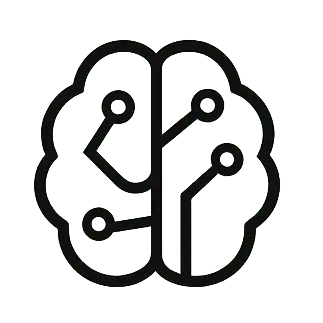TLDR: A new study utilizes a neural network combining CNN, TCN, and GRU to automatically detect and classify hidden percolation patterns in a (1+1)-dimensional replication process. Trained directly on raw system configurations, the model accurately reproduces the phase diagram, identifies distinct patterns like Dipolar and Quadrupole, and estimates critical points, demonstrating deep learning’s capability to extract complex hierarchical structures from raw data in non-equilibrium systems.
Scientists are constantly seeking to understand complex systems, especially those that exhibit “phase transitions” – dramatic changes in behavior, much like water turning into ice. A particularly intriguing area is “non-equilibrium systems,” where processes don’t settle into a stable balance. Within these, “directed percolation” (DP) describes how active states spread or die out, often revealing hidden patterns.
Traditionally, studying these systems involves intricate analytical and numerical methods. However, a new research paper introduces a cutting-edge approach: using neural networks to automatically detect and classify these hidden patterns in a specific type of (1+1)-dimensional replication process. This work, titled “Identifying internal patterns in (1+1)-dimensional directed percolation using neural networks,” was authored by Danil Parkhomenko, Pavel Ovchinnikov, Konstantin Soldatov, Vitalii Kapitan, and Gennady Y. Chitov.
The core challenge addressed by the researchers is to go beyond simply identifying phase boundaries and instead pinpoint the distinct “percolative patterns” that emerge within the active phase. Imagine a network where connections spread; a percolation pattern is essentially a cluster that successfully spans the entire system, but these clusters can take on different, often hidden, geometric forms like “Dipolar,” “Quadrupole,” or “Plaquette” patterns.
The neural network model developed for this task is a sophisticated combination of Convolutional Neural Networks (CNN), Temporal Convolutional Networks (TCN), and Gated Recurrent Units (GRU). What makes this approach particularly innovative is that the network is trained directly on raw data – the “configurations” of the system – without requiring any manual extraction of features. This means the AI learns to identify the underlying structures on its own, much like a human learning to recognize objects without being told specific rules for their shapes.
The model successfully reproduces the known phase diagram of the replication process and accurately assigns phase labels to different system configurations. This demonstrates that deep learning architectures are highly capable of extracting complex, hierarchical structures from the raw data generated by numerical experiments. The network can even generalize its learning, performing well on systems with different time lengths than those it was trained on, indicating a genuine understanding of temporal dependencies.
The researchers used a large dataset of approximately 150,000 unique configurations, representing Boolean arrays (binary states) across spatial sites and time steps. These configurations were generated under various probability parameters (p, q) that govern the stochastic update rules of the replication process. The network’s performance was evaluated using metrics like ROC-AUC and PR-AUC, confirming its ability to rank and classify patterns effectively.
Beyond classifying patterns, the neural network also provides an efficient way to estimate critical points – the specific parameter values where phase transitions occur. By sweeping through different parameter values and observing the network’s calibrated probability outputs for each pattern, researchers can pinpoint these critical thresholds. This offers a significant advantage in speed and stability compared to traditional deterministic pattern extraction methods.
Also Read:
- Diffusion Language Models Exhibit Dynamic Attention Sinks and Enhanced Robustness
- AI-Driven Floorplanning for Better Analog Circuit Routing
This research not only validates earlier findings from direct numerical simulations but also significantly advances the application of machine learning in statistical physics. It suggests that neural networks hold immense potential for uncovering complex connectivity patterns in various systems, from model-generated data to real-world empirical networks. For more in-depth details, you can read the full research paper here.


